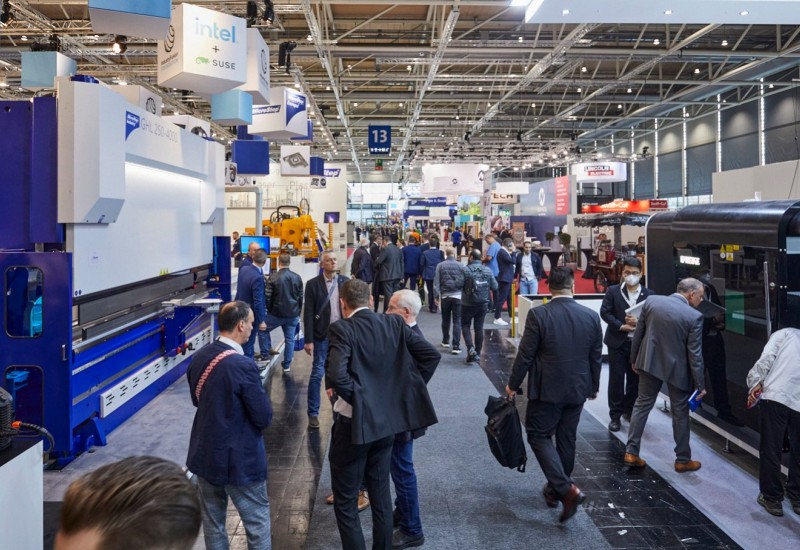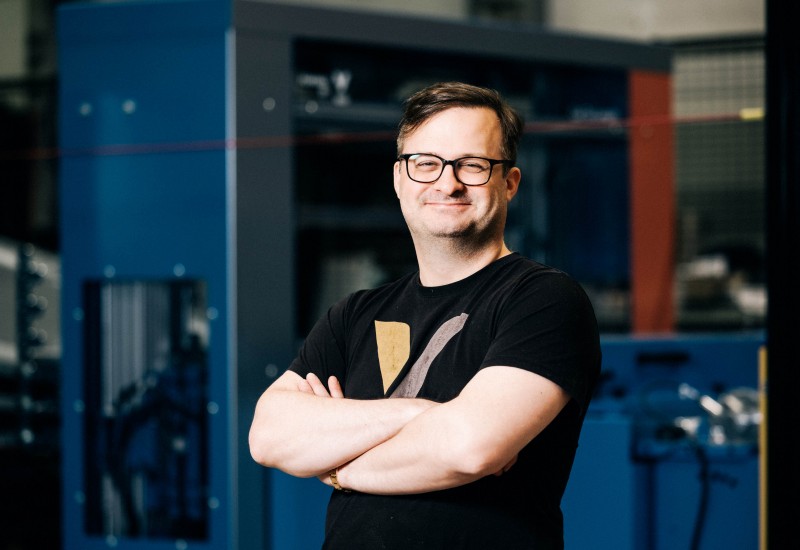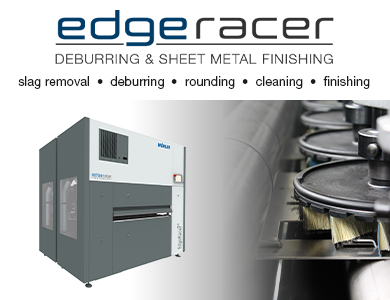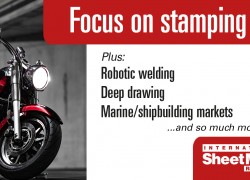The tide is high
In the June 2023 issue of International Sheet Metal Review magazine, we examine market trends, new R&D projects and shifts in global shipbuilding and marine markets.
According to analyst Mordor Intelligence, the shipbuilding market was valued at US$ 132.52 billion in 2021, and it is anticipated to reach US$ 175.98 billion by 2027 at a CAGR of 4.84% during the forecast period (2022-2027).
The COVID-19 outbreak impacted the shipbuilding industry in several countries. The pandemic's negative effects were evident in worldwide ship supply chains. However, the shipbuilding market is expected to grow over the forecast period due to increasing seaborne trade and economic growth; rising energy consumption; the demand for eco-friendly ships and shipping services; and the advent of robotics in shipbuilding. The demand for the trade lane has been improving steadily since the peak of COVID-19, which is pushing several port operators for expansion.
“Shipbuilding is a slow-moving industry experiencing challenges to be addressed to enhance the efficiency of the process. There has been an increase in demand for maritime transport over the years, which has caused a subsequent rise in the number of imports and exports across the world. Shipping remains the most cost-effective means of transporting goods from supplier to buyer, with 75% of goods coming into Europe by sea from external partners,” commented the analyst.
Shipbuilding markets
“Shipbuilding involves the building of large sea-going vessels, usually of steel. Boatbuilding is the construction of smaller vessels (generally up to 50 metres in length). The global shipbuilding industry is currently dominated by manufacture in the Far East, with the growth of Chinese and South Korean shipbuilding outpacing the West,” commented TWI.
Due to the sheer increased requirement for import and export commodities, as a result of globalisation, shipbuilding has become an essential strategic industry. Although Europe remains an important market for cruise ship manufacture, the East Asian area dominates shipbuilding with China, Japan and South Korea being the world's top shipbuilding nations.
“China obtained over half of all shipbuilding orders in 2021, establishing it as a worldwide shipbuilding powerhouse. Ship destruction is similarly concentrated in Southeast Asia, with Bangladesh, India and Pakistan accounting for almost 90% of worldwide ship scrapping activities,” commented Mordor Intelligence.
“However, the shipbuilding market is fragmented with several players accounting for significant amounts of shares in the market. Some of the prominent companies in the market are Mitsubishi Heavy Industries; Hyundai Heavy Industries; China State Ship Building Corporation; DSME and others,” it continued.
A consequence of the high level of global outsourcing in the shipbuilding supply chain is that the shipbuilding process necessitates considerable coordination skill: workers need to assemble thousands of different components which have to be correctly manufactured and arrive at the right place at the right time. For example, ships are assembled from up to 550,000 parts (in the case of complex research vessels) or 900,000 parts for cruise ships (SEA Europe, 2017).
Shipyards therefore need to possess effective systems as well as management and organisational skills to generate information, develop production plans, control materials and achieve high quality standards in the production of components.
Research and development
Companies are investing heavily in research and development for the innovation of various new and advanced products.
“For instance, in September 2021, Hyundai Heavy revealed plans to use about KRW 760 billion (US$ 660 million) to invest in future technologies including eco-friendly ships and digital ship technology, smart shipyards and hydrogen infrastructure,” continued Mordor Intelligence.
Mari4_YARD is an EU-funded project that leverages the potential of Internet of Things (IoT), mobile and ubiquitous ICT tools, and robotics to develop user-centric solutions for flexible and modular manufacturing and implement a novel ‘connected’ shipyard. The projects started in December 2020 and will last until 2024. It aims to implement a portfolio of worker-centric solutions by relying on collaborative robotics and ubiquitous portable solutions. These will enable “modular, flexible, reconfigurable and usable solutions targeting the execution of key labour-intensive tasks by preserving industry-specific workers’ knowledge, skills and biomechanics health status.” It adopts a twofold strategy: technology-driven and barrier-driven.
The EU RESURGAM project will introduce high productivity friction stir welding of steel to European shipyards.
“Many of the challenges faced by small and medium-sized EU shipyards can be addressed by improving their productivity for fabricating new, high-technology vessels and increasing their access to the specialist repair and maintenance market. Friction Stir Welding (FSW) is a high integrity, low distortion, environmentally benign, welding technique, which was previously investigated in FP7 project HILDA (High Integrity Low Distortion Assembly) and recommended for shipbuilding due to its high quality and suitability for automation,” explains the project’s website.
“A recent break-through in the tooling material research available for FSW now shows potential to enable this process for welding of steel structures with consistency. Traditionally, it has only been possible to use FSW in aluminium, so the advances in the field represent a huge opportunity to improve the productivity of European shipyards,” it continued.
RESURGAM will combine FSW with the new tool material to deliver the introduction of low-cost friction stir welding (FSW) systems for steel that can be retrofitted to their existing CNC machines and the introduction of AI-enabled, robotic FSW systems capable of making underwater weld repairs.
“These fabrication and repair capabilities, backed by the secure, digital Industry-4.0 infrastructure and techniques already in widespread use in the automotive and aerospace industries, will facilitate the rapid, coordinated but distributed modular manufacture of ships and watercraft throughout Europe,” said the project organisers.
Practically, this will allow ships damaged anywhere in the world to have the option of being repaired in place without the need to travel to the nearest dry dock. This will allow ship owners to choose the most suitable yards to conduct their repairs rather than the nearest, and the repairs may be undertaken by yards with no dry dock of their own (significantly increasing the number of yards able to undertake such work). All of this will be implemented by European shipyards and naval architects in Europe.
The NH3CRAFT project aims to develop technologies for the high-volume storage and transportation of ammonia as a fuel for ships. It will deliver “the commercially attractive and safe technology for the sustainable, high-volume storage of ammonia for use as a fuel on-board ships through five desktop study case ships and a scale-up study.” The vision for the project is to realise a 50% reduction in greenhouse gas emissions by 2050, while showcasing the entire NH3 supply chain to increase confidence in the technology’s use.
Marine equipment industry
Ship- and boat building both also involve the manufacture of related marine equipment including sails, engines, electronics and other fittings. The global marine equipment industry is a key supplier and input sector to shipbuilding production processes. Marine equipment commonly refers to machinery, parts and raw materials used for the building, conversion and maintenance of ships. Some service subsectors, such as engineering, design and consultancy, are also included in the marine equipment sector.
To read the rest of this article in the June issue of ISMR, see https://joom.ag/yjPd/p22






























Recent comments